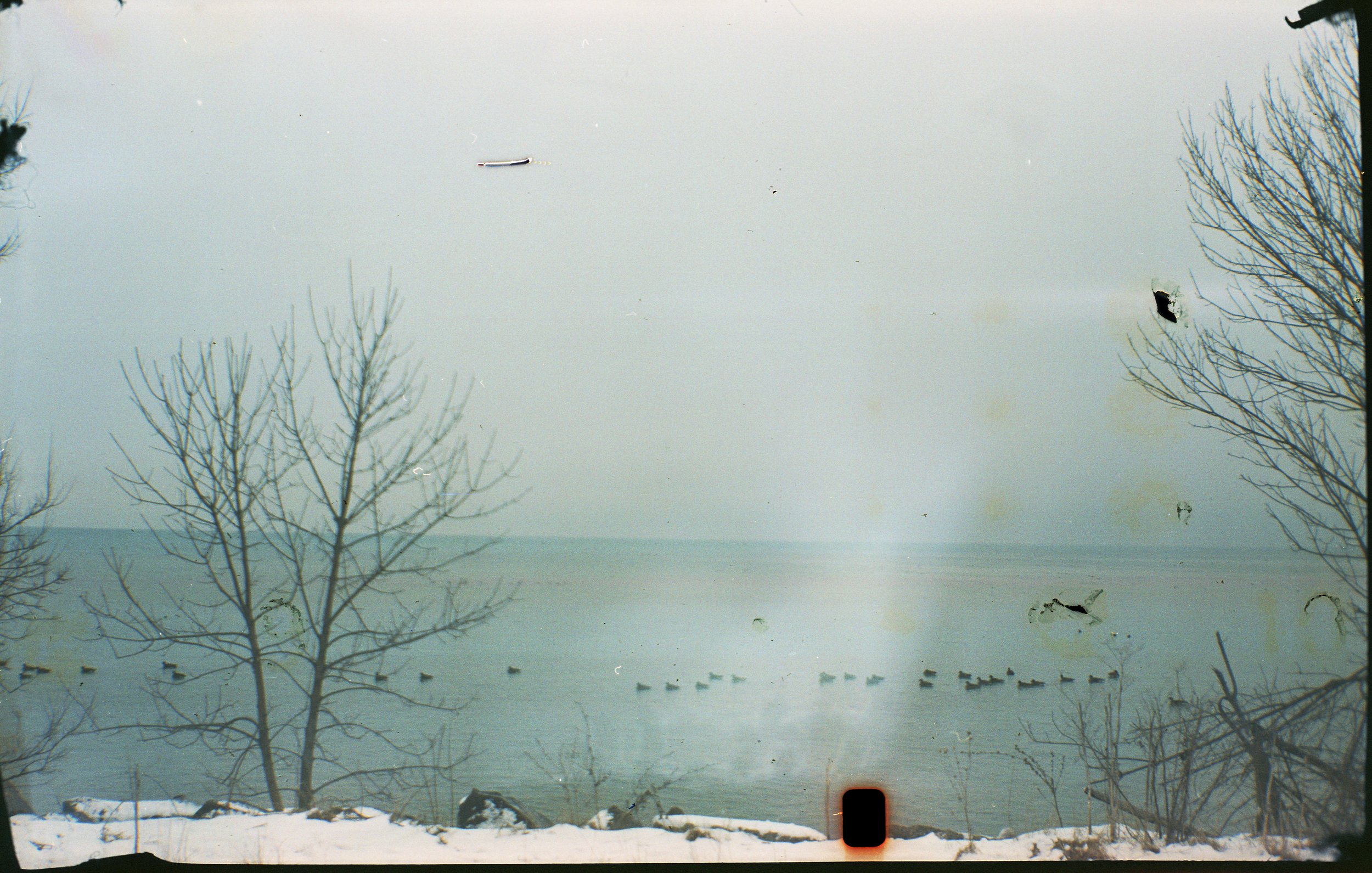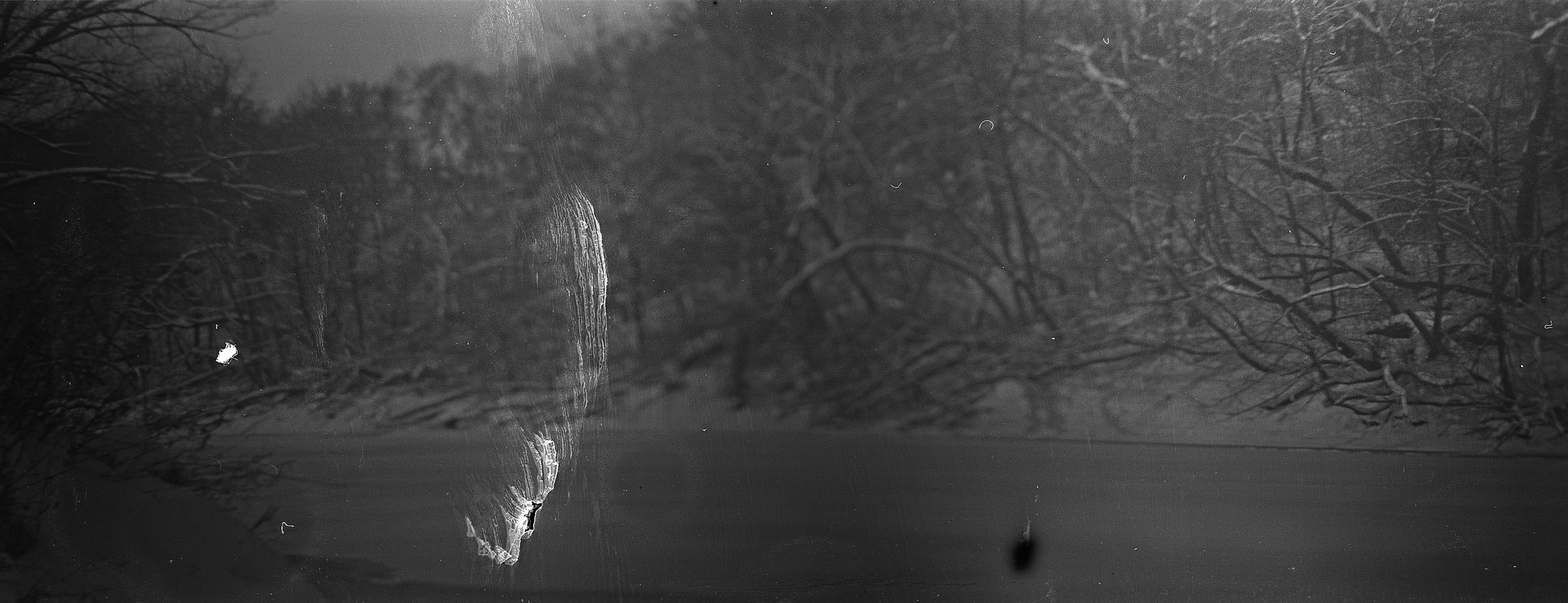February 5th 2023
Kodak Vest Pocket Model B
After the success of their original Vest Pocket camera, Kodak updated the design of the next iteration to match the Junior, Special, and Hawk-Eye models released in late 1910 into the 1920s. This revision would go on to sell in a multitude of variations for well over a decade. In the holiday season of 1925, the Kodak Vest Pocket Model B was released to the public.
The Second Vest Pocket Kodak
The original Vest Pocket design was somewhat unique for the time. Bottom loading, scissor strut extension design, beautifully crafted and overall very well made. Sold starting in the early 1910s, there were plenty of variations of shutters, lenses, focusing, and materials used. Around 1925, a successor to the Vest Pocket Kodak was released, the Model B. A completely new design, matching the other cameras Kodak was producing at the time. The film compartment changed to a removable back and the bellows extension was updated to the rail system for the lens board. The camera retained its general shape and size, but was made to be even sleeker and in an all black design.
Closed, the Model B is very small for a folding camera and incredibly pocket sized. To extend the lens, there is a silver tab on the door you must pull outward. The door should unlock now, and you will be able to lower it until you hear a click. There are two chrome textured posts underneath the lens, which you can use to pull on until the bellows extend and the lens locks into place. Framing your subject is done by a finder on top of the lens that can be rotated from portrait to landscape orientation.
Loading the camera is a vast improvement over the original. While the camera is either open or closed, slide the chrome latch under the door to the side and the camera hinges upward and completely off of the back. This reveals a solid film compartment, where you can lift the winding key to remove the spool. Place the film on the right side with the paper facing down to the window and pull across and thread onto the takeup spool. Replace the lens and bellows, wind until you see a number 1 in the red window on the back, and you are now ready to take a picture.
One major update was a simplification of the shutter and aperture system. Looking at the original VPK, there is a cluster of words by the lens, explaining weather and lighting conditions. Later iterations would clean this up a bit, but the Model B would simplify it further. The shutter speeds were reduced to T (Time) and I (Instant). In the time setting, the shutter will stay open for as long as you want, until you click it closed. While in instant, you have a shutter speed of around 1/30th of a second which will fire in both directions of the switch. With the simplification of the aperture system, you have the option of 1 through 4 corresponding to f/11 to f/32.
That is all for the Model B, a very simple camera to operate. One more thing to note is there is no flash sync, but the manual recommends Kodak Flash Sheets; something I've never heard of but is an equivalent of flash powder. The Model B is beautiful in its own right, but a handful of even more stunning and interesting variations were made. An autographic back was added as an option, for the ability to write notes onto frames, Special versions featuring various meniscus or focusing lenses, and even UK made models. The Vest Pocket Hawk-Eye, Rainbow Hawk-Eye, Petite, Vanity, and Boy/Girl Scout variations were the same as the Model B. Some were made of better materials and were available in a variety of colors, even painting the bellows, enamel coating the covers, and including a case and cosmetics.
THE SPECS AND FEATURES
Shutter Speeds - fixed around 1/30th or bulb
Aperture - dependent on version
model shown here is 1 (f/11), 2 (f/16), 3 (f/22), 4 (f/32)
Meter Type - none
Focus - dependent on version
closest focus at aperture 1 (7 1/2 ft), 2 (6 1/2 ft), 3 (5 ft), 4 (4 ft), all to infinity
Shutter - 2 blade, metal leaf
ASA - any
Lens - depends on the variation
model shown here has a meniscus fixed focus lens
Flash Option - none
Batteries - none
Film Type - 127
Other Features - special filters and tripod attachment
The Experience
I saw online that 127 day was coming around again in late December, and was looking at my collection to see if I had an interesting model to shoot and celebrate the day. A cheap plastic camera I had lying around was perfect and after a few shots of the Kodak Brownie Fiesta, the camera’s shutter completely broke out of the housing. The plastic welded rivets failed and the camera went straight into the parts bin. Next in line would have been a Yashica 44, but that deserves a longer article in the future. I was out of options and decided to look at other 127 cameras online.
I chose to look into the various vest pocket cameras, loving the form factor and beautiful design they seem to all encompass. It was somewhat hard to find a Kodak model at a reasonable price and even harder to find one with good bellows. That seems to be the downfall of the vest pocket cameras, and many other Kodak folding cameras of the same era. A lot of paper bellows were used and you need to look closely to see if they are that or the leather made models. I found a great looking and inexpensive Vest Pocket Model B, but the bellows needed lots of work. The camera arrived a week before the following 127 day in January and I was on a time limit to get it working and ready to shoot.
The camera was in beautiful shape, minus the bellows, and it astounded me how small the vest pocket cameras were made. The bellows had way too many holes to patch and were unbelievably thin. I told myself that I probably could make bellows or order some custom ones, toyed around with the idea and got quotes, but eventually ended up doing something completely different in the time limit I set on the project.
I get a fair amount of cameras that are permanently broken and missing parts in the occasional lot. I had a very basic Ansco Viking missing a few key components in a parts box with nearly perfect bellows and decided to cut them down and transplant them to the Vest Pocket. This is a process in hindsight I would not recommend as it was tedious as all hell and not a one to one fit. Getting the original bellows out of a Model B is a test of patience. The bellows near the lens are riveted in place while the back is secured by ten bent metal tabs at a very obtuse angle. This was a challenging process and one that I found many other people online having a similar difficulty with.
Once removed I had to cut, glue and shape the other bellows to fit, patching a few smaller holes along the way. Light testing was done at various points and I was surprised that this swap even worked at all. They are not perfect by any means and the camera was not able to close all the way, but they really do not look that bad. I will eventually learn to make bellows, but this solution would work for the moment.
Lastly, the shutter was lagging, but a quick clean and exercise was all it needed the night before 127 day. In the morning I loaded some specially cut 400 ISO color film and brought my camera with me to work. It was a busy day, but I took a few pictures before the early sunset this time of year. I was excited to finish the roll the next morning of the fresh snow after weeks of cold rain and gloomy weather. There were light leaks, the numbers on the backing paper reflected onto the film, and multiple scratches… but I really liked the images. The camera needed some more work, but these images have a great look and are exactly what you would expect out of a camera almost a century old.
After some additional patching, I wanted to try some recently acquired 35mm sprocket less microfilm from the 70s. It was very difficult to reroll this 35mm onto a 127 roll as the film was incredibly rigid. Once finally loaded, I went out on an overcast freezing morning hoping to get a few pictures of the hazy city in the distance. The roll sadly did not lay flat and caused some out of focus parts, but I really like the panorama effect when the camera is shot horizontally. A reasonable test, but I wanted to run one more black and white roll through the camera to see the best the Model B could do.
The sprockets ended up leaving light trails on the negatives, and some light was getting through the backing paper. However, these were some of the sharpest negatives yet and I really like the vertical picture of the two people walking on the frozen river. For these older 127 cameras, I think 35mm sprocket less film is usable but the full size of 127 leads to the best results. I will have to get my hands on a 127 film cutter in the future.
I enjoyed my time with the Vest Pocket Model B, but replacing the bellows was a bit of a nightmare. While not the sharpest camera at its widest aperture, stopped down it can produce great negatives. It’s a shame that a large majority of bellows cameras are rendered useless without patching or a full bellows replacement. These lower to mid level Kodak folding cameras are great to shoot and well worth your time, if you can repair or find one in good condition. I really like the size of this camera, and I am now on the lookout for some of the focusing variations. Kodak Vest pocket cameras are great shooters, but not immediately. With some crossing the 100 year old mark, you will need to put a fair amount of work into them.








